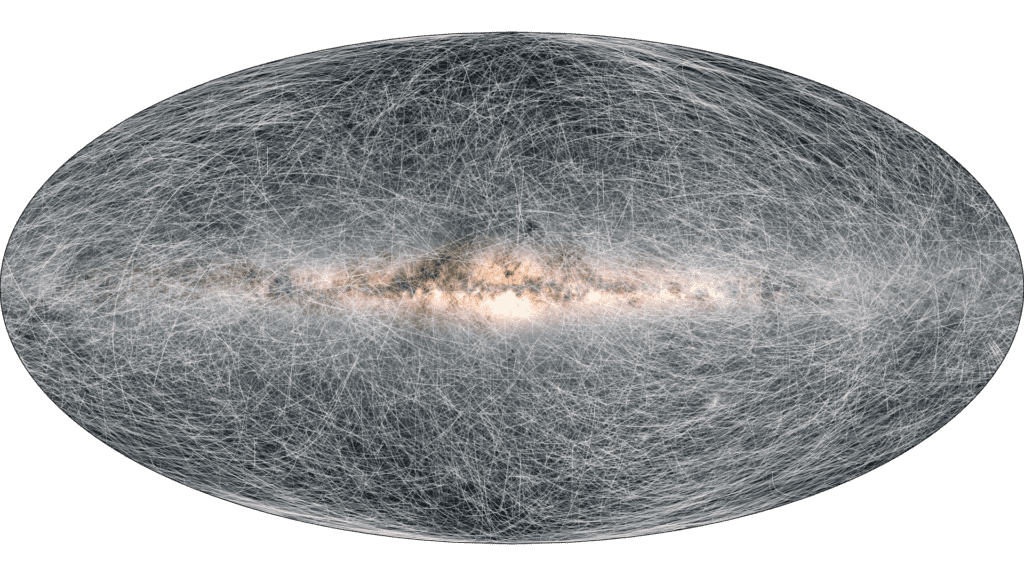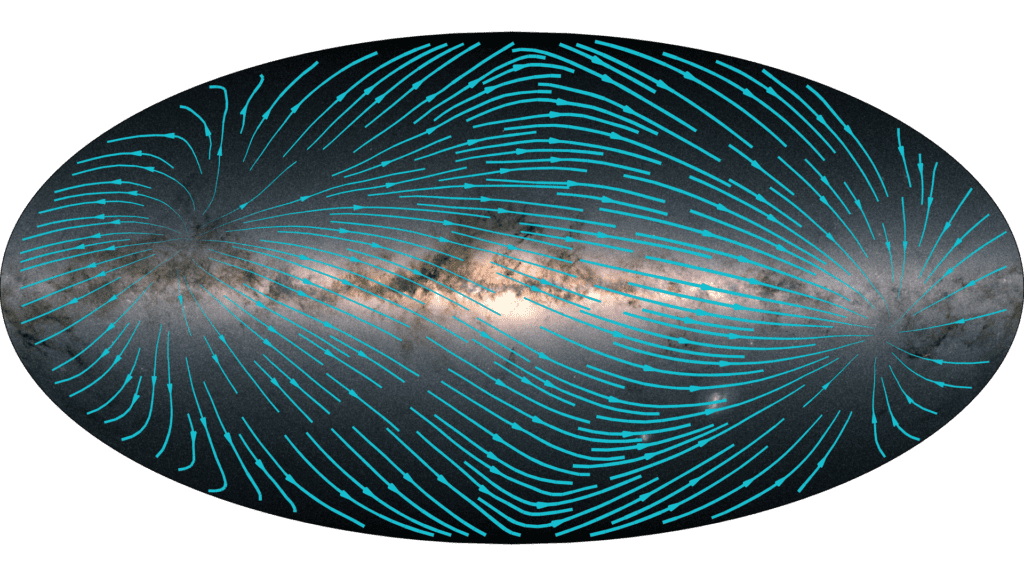ESA’s spacecraft collected important information about nearby stars, the solar system’s motion and provided a map with the motions of 40 thousand stars in the Milky Way. It’s the best available map we have of our galaxy and it looks stunning.

Gaia is an ESA mission to build a 3D map of the Milky Way. Last week the collaboration released the third early data release, the first final release will happen in 2022. Despite being in operation for only 34 months, the Gaia telescope was able to collect around 1.8 billion sources. Gaia’s ambitious mission is to chart a 3D map of our galaxy, revealing its composition and evolution.
The mission has provided the Gaia Catalog of Nearby Stars (GCNS), stars with around 100 pc from the Sun. It has more than 330,000 galaxies, a major advance compared to the first effort in 1957 by Willhelm Gliese. The recent observations have shown that most stars in the GCNS have circular orbits just like our Sun. In addition, the catalog was used to estimate the solar velocity, which is 7 km/s.
The researchers behind the project detected 2,879 ultra-cool dwarfs (UCD) which are faint, low-mass, and relatively cold (under 2,700 Kelvin degrees, or about 24000 Celsius) star formation objects. Furthermore, Gaia was capable of detecting the most probable binary star within the nearby area; 16,565 in total, as seen from the 3D map they have a common velocity in reference to the center of the galaxy.
What caught the astronomers’ eye was the astrometry of the QSO-objects (quasi-stellar objects) outside the galaxy. As the name implies, QSOsare objects with a starlike visual appearance, but a different type of optical spectrum. Gaia was able to detect the position and velocities of 1.6 million QSO-objects. The idea is to use those outside sources as points of reference to estimate the acceleration of the solar system.
For the mapping mission, it’s also important to correct any aberration due to the motion of the solar system: when we are moving in a direction the stars placed in the opposite movement appear to be moving closer to each other, while the stars in front of the sun appear to be separating.

The result of analyzing the motion of stars is in the video bellow. It shows the motion of 40,000 stars as they cross the sky, which are 100 pc away from the sun. The dots are the stars that become trails, which represent their motion, faster objects have longer trails. Finally, the last image represents 400,000 years into the future.
The next release, DR4, will be based on 66 months of the mission. It will include Gaia’s list of exoplanets. According to the Collaboration, the spacecraft is in good condition with the exception of radiation damage, below the expected by the team.






